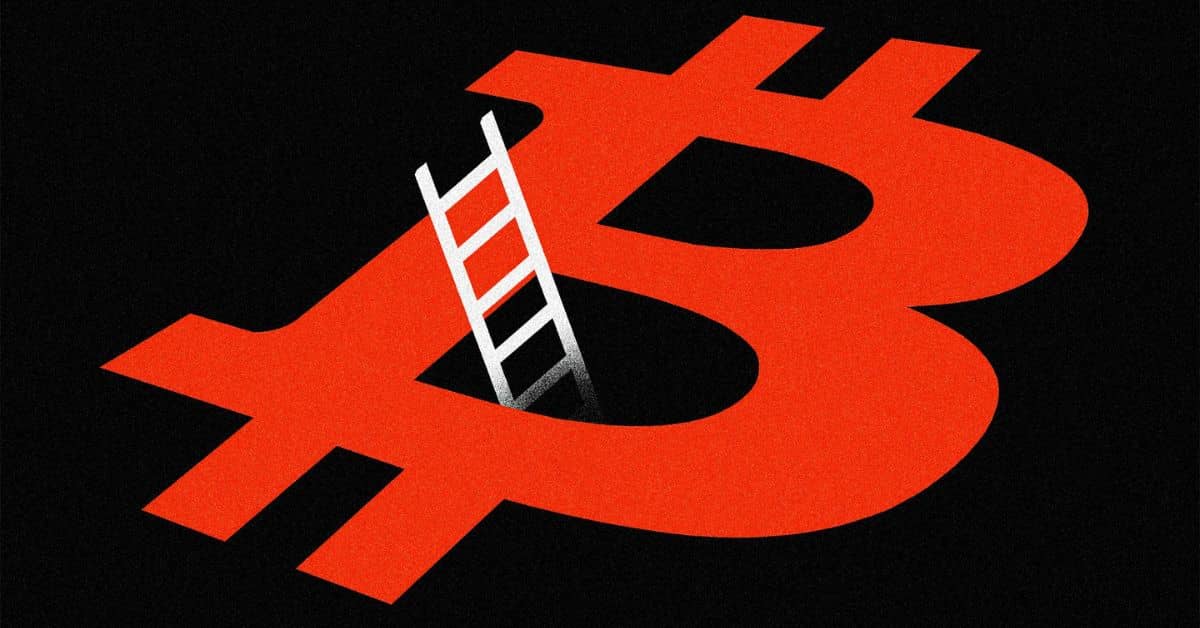Bitcoin is currently consolidating near the $100,000 mark, undergoing a process of deleveraging that could result in short-term price drops.
However, this phase may also lead to seller exhaustion, potentially setting the stage for a rally.
Deleveraging Process and Market Risk
Bitcoin is experiencing a deleveraging phase, reflected in the 90-day Aggregated Open Interest Delta across major exchanges.
This trend often leads to price declines or sideways movement as positions are liquidated. The Open Interest to Market Cap ratio has increased since early 2024, signaling heightened market risk compared to the 2021 Bull Run.
Liquidity Zones and Price Action
Significant liquidity is concentrated around $93,700 and $98,800, which could influence Bitcoin’s short-term price movement.
If Bitcoin drops to $93,700, it may absorb this liquidity, potentially acting as support. However, if it holds above this level, it could signal strong bullish sentiment, leading to a quicker recovery or even a price surge.
Trader Sentiment and Volatility
The contraction of the Trader Sentiment Gap, a key indicator of trader behavior, points to potential short-term volatility.
Following a reduction in the gap, Bitcoin’s price recently fell from $96,650 to $94,000, before rebounding. This pattern suggests initial declines could be followed by a recovery, as traders adjust to the market conditions.
Why $100K Consolidation is Key
A significant trend has emerged where Short-Term Holders (STHs) now hold 4 million Bitcoin, representing a large portion of the total supply.
This growing accumulation around the $90K to $100K range indicates a potential base for future growth, as sellers become exhausted.
As Bitcoin stabilizes around this price, it reduces the risk of sudden sell-offs, providing a solid foundation for a potential rally once the deleveraging process concludes.














